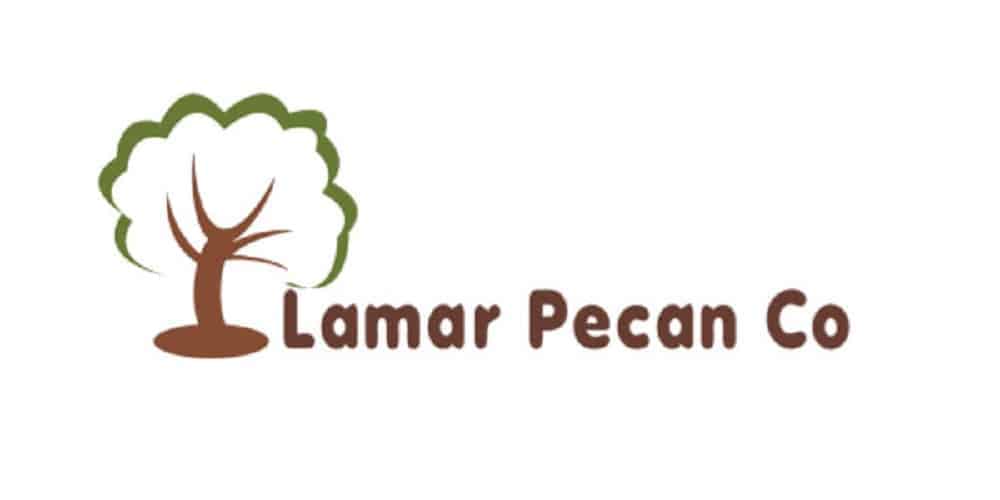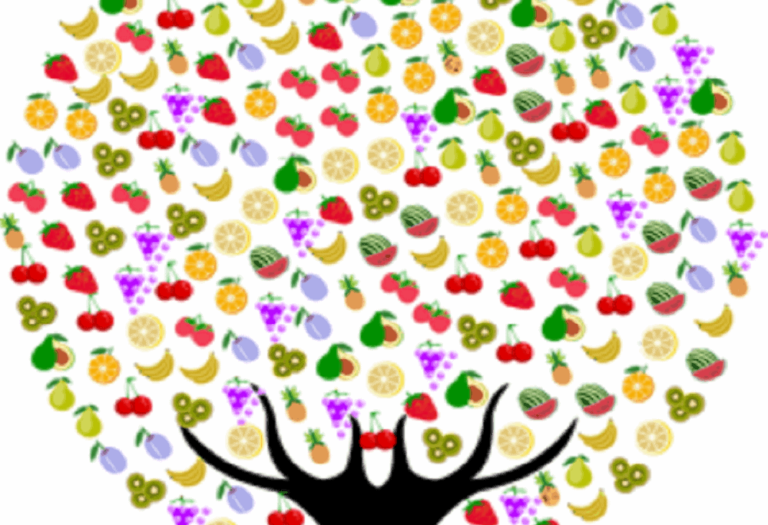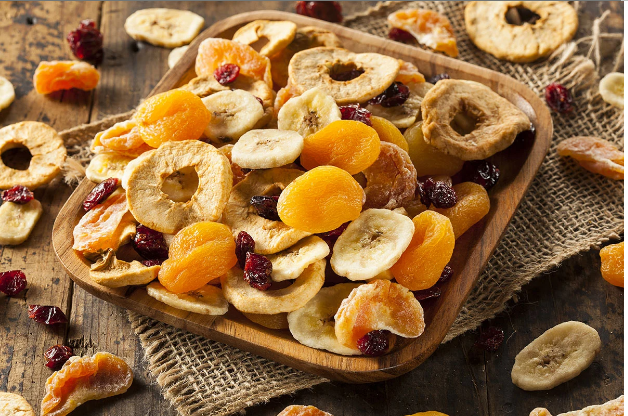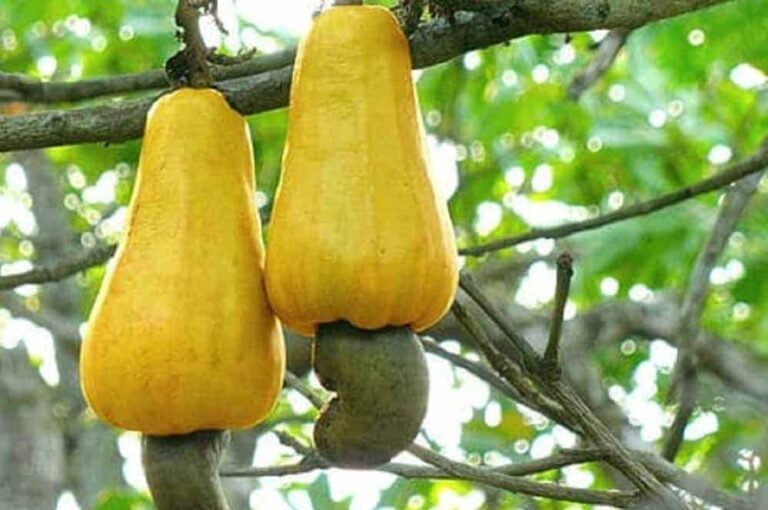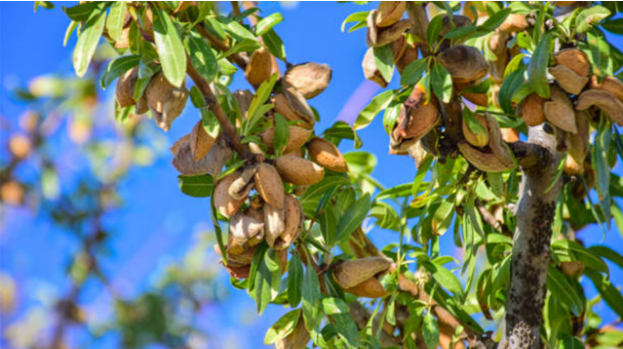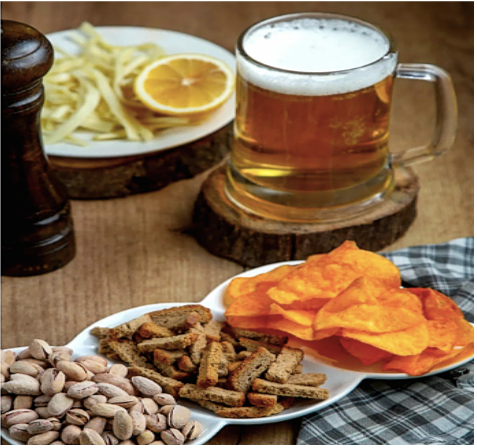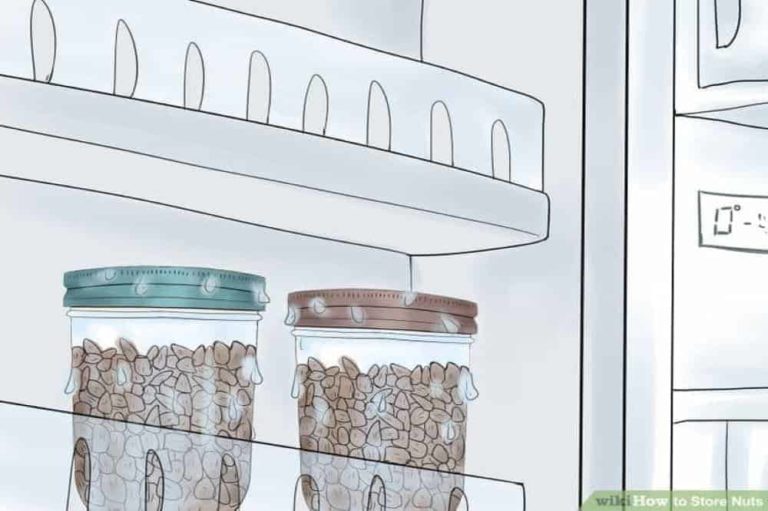Your cart is currently empty!
Interview with a Pecan Processor and Exporter with The President of the Lamar Pecan Company
This is writing taken from an NPR Marketplace interview with R.G. Lamar, President of the Lamar Pecan Company. They are a Hawkinsville, Georgia company growing, processing, and exporting pecans. (Health Benefits of Pecans)
Kai: This is Marketplace. I’m Kai Ryssdal. So, about that…the whole how long it’s gonna be the last thing. At the bottom of the tariff policy food chain, way down from the people making the decisions, are the people who have to live with, and make a living with, those decisions.
That was a couple of weeks ago, at the tail end of a reporting trip we did down to Columbus, Georgia, looking at manufacturing in this economy, how it’s changing, and what the new realities of trade and tariffs are doing. The thing is, it’s not just manufacturing that the tariffs are affecting, which got us driving across central Georgia to Hawkinsville and the Lamar Pecan Company. R.G. Lamar, following his dad and his grandfather, proprietor.
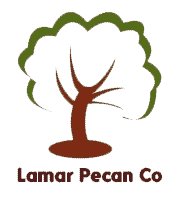
How many trees are there? How big is this?
R.G.: This is about an 80-acre orchard, and there are 12 trees per acre, so what is that?
Kai: Just because? Is that the rule with pecan trees?
R.G.: For trees this size and this age, yeah, they have to be planted pretty far apart.
Kai: And these are great trees. So these things hanging down, are those the flowers, is that what happens?
R.G.: Exactly. So right here, these are called catkins, that’s the male flower.
Kai: Long, stringy-looking things.
R.G.: Yeah. And then if you’ll look at this…it’s not like an almond flower, you can see it from anywhere, but that little bitty guy right there.
Kai: Oh, wow.
R.G.: Those are the little pecan flowers. So you can see, there’s four or five of them there.
Kai: Right.
R.G.: Yeah.
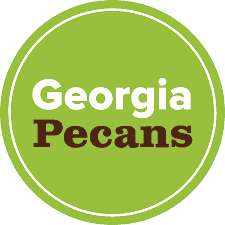
Kai: Georgia pecans are incredibly popular overseas, China, in particular, which is complicating R.G. Lamar’s life, because on one of those lists of retaliatory tariffs that Beijing has put out was an extra 15% on American nuts. There are trees in this orchard we’re standing in that are 110 years old, R.G. says. Younger ones as well, of course. It’s all very green, the place is ginormous, and these trees are just waiting for harvest in October.
How do you harvest these things?
R.G.: Great question.
Kai: You can’t just wait for them to fall to the ground, right?
R.G.: No, exactly, yeah. So we’ve got a big machine, very creatively called a “tree shaker“. These trees are, I guess you can’t see them on the radio, these trees are over 100 feet tall.
Kai: Yeah, they’re huge. I mean, these are serious trees.
R.G.: So we shake the trees. The big trees like this, we have to shake each individual limb, actually. For the smaller trees, we can do the whole tree. But we shake it to the ground, and then we have equipment that blows and sweeps them into rows, and then equipment that picks up the row.
How Pecan Processing Works. Sold In The Shell Or Taken Out
Kai: And then what do you do with them? I mean, once you get them, do you shell them? Do you crush…I mean how…then what?
R.G.: So it depends on where they’re headed. Obviously, in this country, we don’t have much of an appetite for in-shell pecans, the way they do, say, for ballpark peanuts that you shell by hand. Don’t have that here. In China, that’s really popular, actually, so if they’re going to China, The Lamar Pecan Company just puts them in 50-pound bags and ships them overseas to Chinese customers. If they’re staying here in the U.S., then we send them to pecan processing plants in Georgia and Texas, mainly, and they take the shell off. (Georgia is the largest peanut grower and processor in the world).
Kai: How much of your market goes to China?
R.G.: For us, it’s about 60%. The U.S. market, it’s about a third.
Kai: Sixty percent, that’s a lot.
R.G.: Yeah.
Kai: So I imagine you’re following the international trade news pretty closely.
R.G.: Yeah, definitely, definitely.
Kai: Well, tell me more. Because that was an interesting little smile you got on your face when you said, “Definitely.”
R.G.: Well, you know, obviously, with the potential trade war between the U.S. and China, and currently-existing, the extra 15% tariff that China’s put on pecans…when we started 10 years ago shipping to China, the tariff was 24%.
Kai: You started 10 years ago shipping to China and it’s already 60% of your business?
R.G.: That’s right, yeah.
Kai: Wow.
R.G.: Yeah. In fact, in 2001, China imported less than 100,000 pounds of wholesale pecans from the U.S., and by 2012 it was 100 million pounds.
Kai: So when you started 10 years ago, it was 24%, worked its way down, the tariff did, to what, before the latest round?
R.G.: So, in ’15 it went to 10%, last year it went to 7%.
Kai: And then you wake up one morning, and all of a sudden, 60% of your product is 15% more expensive.
R.G.: Correct, yeah. That’s right.
Kai: What’d you do? You’re a guy running a small business.
R.G.: Well, my first knee-jerk was, “Okay, this isn’t as big of a deal, because 10 years ago it was 24%, now we’ve gone from 7 to 22, so we’re back to still less than where we started.” But the difference is, when we started, there was sort of a back door into China through Vietnam. Pecans aren’t the only commodity that takes that route, pretty much all nuts go through that route.
Kai: It’s kind of a gray market, right?
R.G.: Kind of a gray market, exactly. So, that’s why the 24% didn’t make a big difference then.
Kai: Here’s the deal with that back door thing, the gray market. A loophole, really, that let a lot of American nuts, like R.G. said, go through Vietnam first, and then on to China virtually tariff-free. The Chinese were okay with it because consumers there could get American products, pecans, in this case, at a good price. But that back door slammed shut when Chinese president Xi Jinping ramped up his anti-corruption campaign. So now, for R.G. and his nut-producing colleagues, there is no getting out of that 22% tariff.
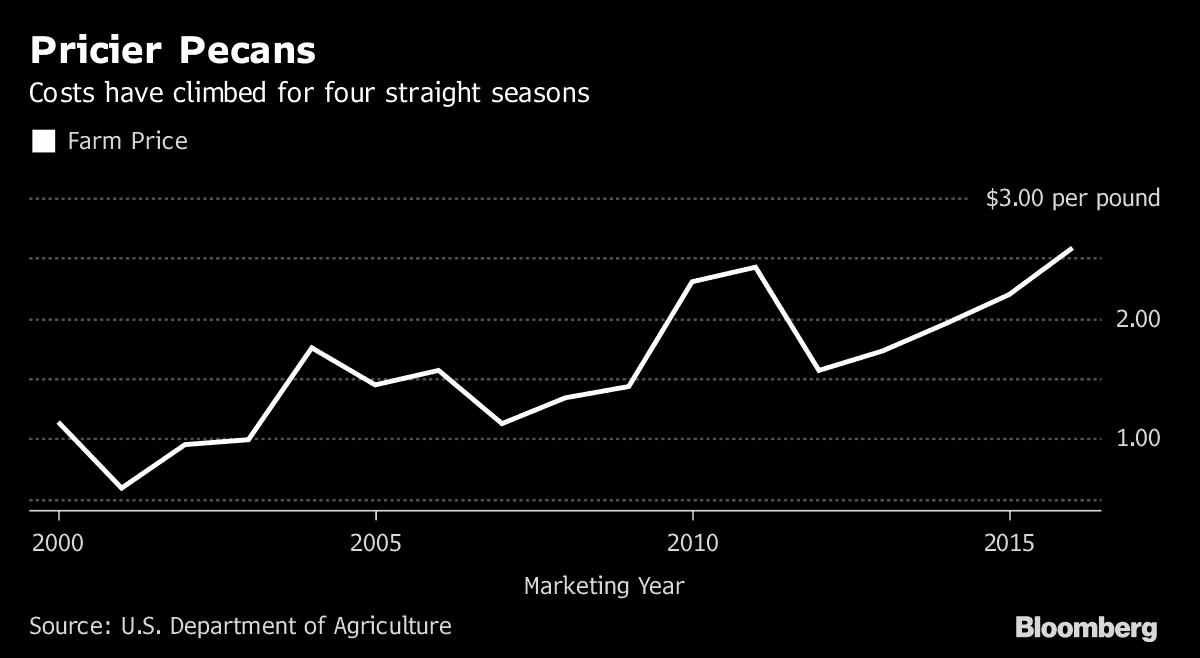
If it goes on for a while, and it’s 22% for reals, what’s that gonna mean for you? Are you gonna diversify away from the Chinese market? I mean, you can’t, right? How do you do that?
R.G.: Well, we realized all along for the last 10 years that having 60% of our crop going to one customer isn’t the safest, most diverse way to sell our product, so we’ve been trying to diversify, and personally, what we’ve done is to create a consumer, packaged brand. Front Porch Pecans. We really did it as a hedge, in case something like this were to happen, you know, which would affect in-shell prices. Especially Georgia…you know, I told you Georgia, where we send 60%, Georgia sends about half, the U.S. sends about a third, so the reason Georgia sends so much more is that we have larger pecans, which the Chinese prefer because they’re eating them out of the shell. So we’re also more vulnerable, then, to any kind of political issues with China.
Kai: So now what do you do? You just have to sit tight and wait and see what happens.
R.G.: Exactly. That’s all we can do. I was listening to a soybean farmer on the radio the other day, and he said, “Worrying about this is like worrying about the weather,” and that’s exactly what it feels like. We just…there’s not a lot we can do about this.
Kai: But the thing is, unlike a soybean farmer, who can choose each year what to plant, these trees are 110 years old, and it’s not like you’ve got a choice. These nuts are coming whether you can sell them to China or not.
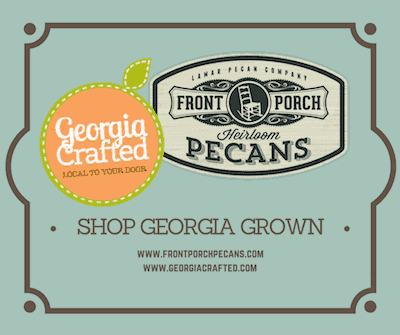
R.G.: Yeah, you’re exactly right. And we love doing this, you know? I moved back here from a job in D.C. because I like the farm and I like what I do, and the type of lifestyle it affords us, so I’m not gonna do anything else if I don’t have to, but it is worrisome, yeah.
Kai: So what happens if this doesn’t get fixed? What happens if it’s 22% from now until the end of time?
R.G.: One thing, as always happens with trade issues, the furniture’s just gonna get rearranged, I think. China is gonna consume the pecans. The only other country that has the volume that they need in Mexico. Mexico sends most of their pecans to the U.S. right now, so they wouldn’t be coming here, so I think we would end up just selling more products domestically. There’d be demand there for that. We hope that Front Porch Pecans will grow enough that we can rely on that somewhat, too.
Thank you, R.G. Lamar and the Lamar Pecan Company.

